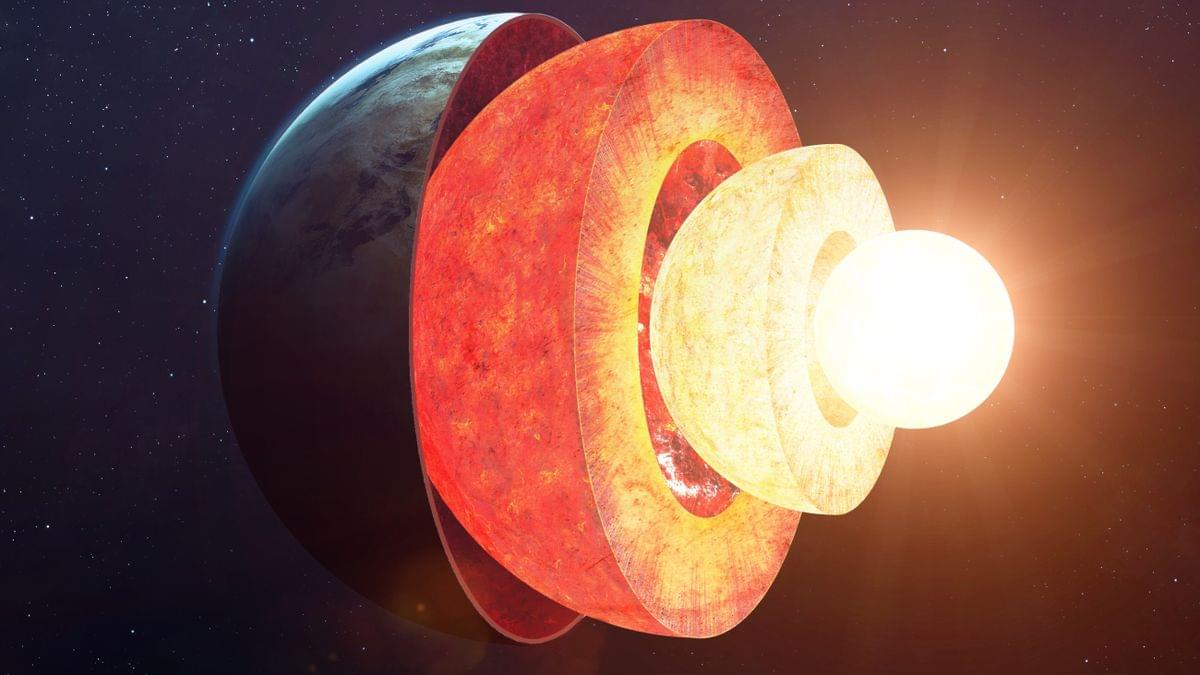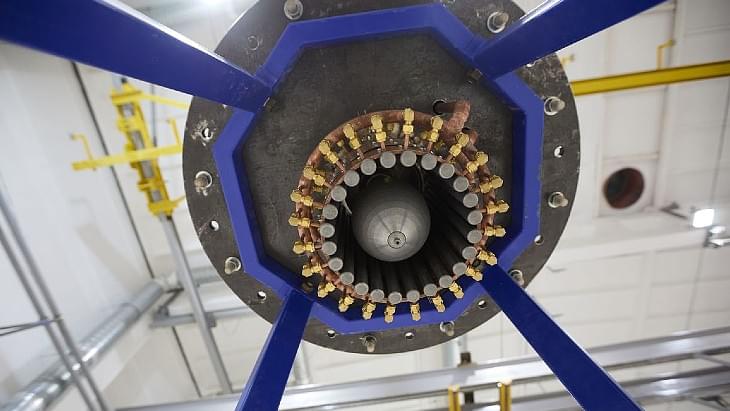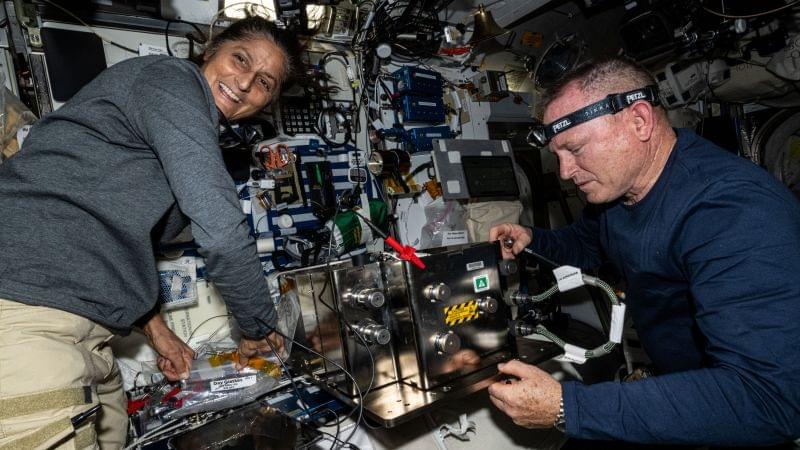Brave Browser is getting a new feature called ‘custom scriptlets’ that lets advanced users inject their own JavaScript into websites, allowing deep customization and control over their browsing experience.
The new feature is coming in Brave Browser version 1.75 for the desktop and is very similar to the popular TamperMonkey and GreaseMonkey browser extensions, which allow users to create “user scripts” that modify the functionality of specific websites.
“Starting with desktop version 1.75, advanced Brave users will be able to write and inject their own scriptlets into a page, allowing for better control over their browsing experience,” explained Brave in the announcement.







